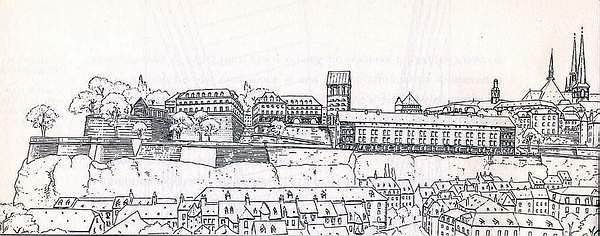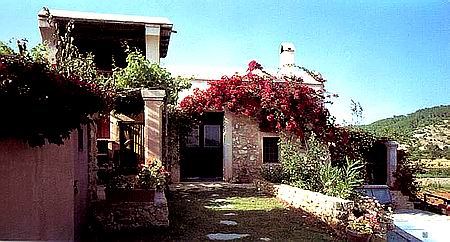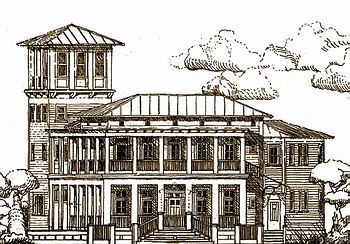|
The Contemporary
Now architecture remains essentially a pursuit of ideals.How can the new classical and traditional architects and city-builders
integrate the contemporary which seems so antagonistic to the fundamental values of classical and traditional cultures?How
can ideals be maintained alive in times of alienation,confusion and fragmentation?
The issue of the "ideal
world" colliding with the "real world" is not exclusively a contemporary one.It is a permanent struggle of
mankind.

The "Cite Judiciaire" in Luxembourg (1992-95) by Rob and Leon Krier.
This project is approved by the Luxembourg
Government and Parliament but has now been challenged by UNESCO for not following the modernist prescriptions of the Charter
of Venice (1963)!
To address the "real world" is not to compromise ideals of excellence, but to consacrate reality as a manifestation
of an eternal and sacred creation.Now reality is not a fatality beyond human planning intelligence.Even if the world is governed
by "chaos", this apparent disorder is nothing else than the complex development of life.Now any cultural achievement
and any action is guided by choices transcending the contiguity of existing conditions.The practice of architecture and city-building
is not locked into the contingencies of the "real world" and the contemporary.

Sa Paissa de Na Carolina,the House of Caroline in Ibiza, by Philippe Rotthier (1980-1982)
Photography by Pere Planells
(Ibiza)

Dobson House, Seaside, Florida
by Cooper Johnson Smith Architects

Quinta do Pilar, Portugal, by Jose Cornelio Da Silva and Jose Baganha
The new and contemporary traditional architects and urbanists are not looking for striking statements and for competitive
innovation.Their works are exciting and unique by their harmonious and elegant integration into existing social and environmental
and urban contexts...This is done without servility to the past and without blindness to the future.It acknowledges the contemporary
with positive lucidity and proposes new standards of modernity for a better world in a context of humanist and ecological
criterias.
|
